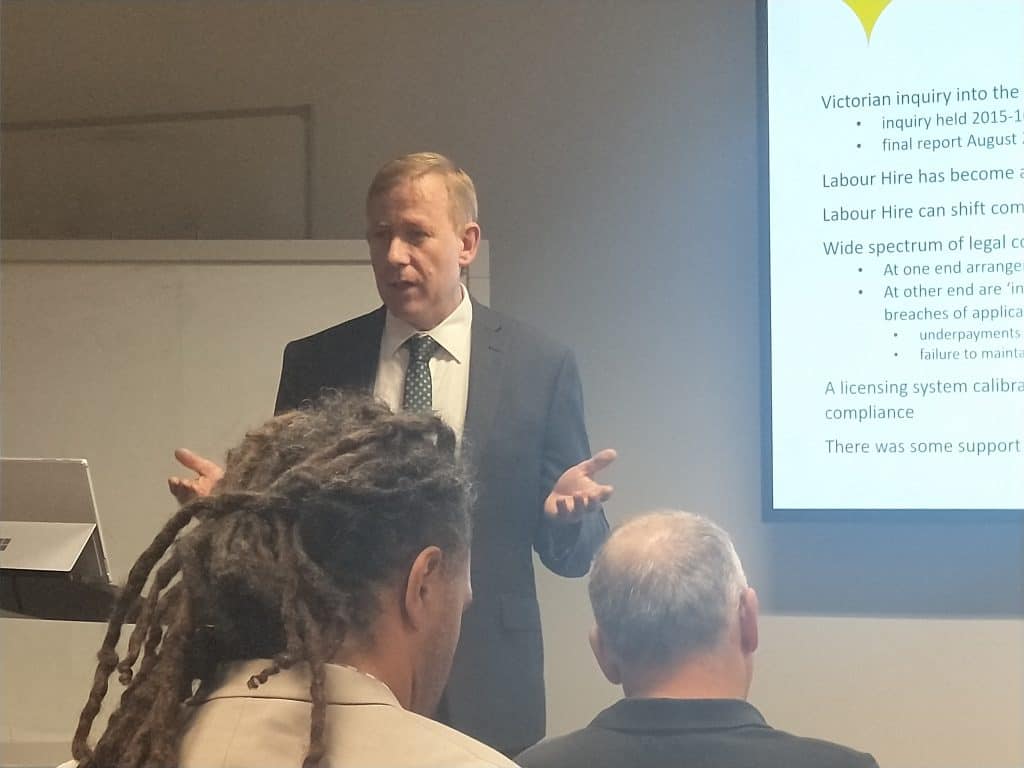This week an 18-year-old construction worker died in a scaffold collapse on a New South Wales construction site. The occupational health and safety (OHS) regulator has instigated an investigation into Christopher Cassaniti’s death and the serious injury of a work colleague in the same incident, as well as an inspection of scaffolding throughout the State.
An excellent podcast on the incident and the OHS context is available at Triple J’s Hack podcast.
In May 2019 Australia has a general election and, following yesterday’s Budget announcement, Australian politicians are in campaign mode. That might seem irrelevant to the workplace death of a young man but the Shadow Minister for Employment and Workplace Relations, Brendan O’Connor, was interviewed the day after Cassaniti’s death by Triple J’s Hack program. The discussion eventually reached Industrial Manslaughter laws.





